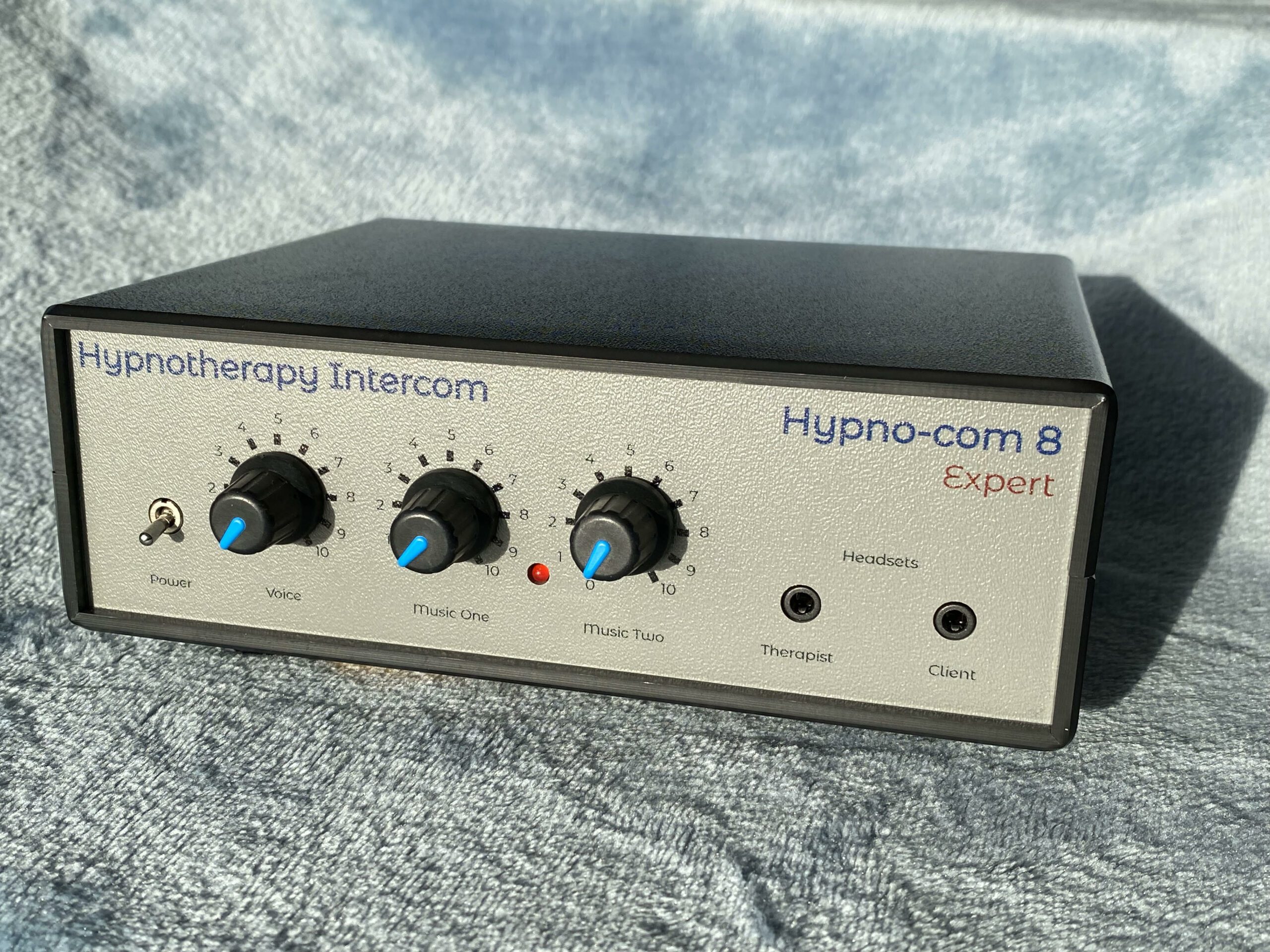E
ecc83
Well-known member
Hi Dave. I have tried connected the Shure to a PC via an xlr to 3.5mm adapter and while the volume is incredibly low it doesn't cut out at all. I can hear a relay click inside the mixer when using this mic, this cuts out the mic only (on both mic inputs), other sources still play fine, then a while later the mic returns. It's the audio out through the headphones I'm referring to. It's as if the mic level is so low it's turning off the input thinking it's not there.
I think I will return the Shures and look for something else. Is there a sensitivity level that would be considered more acceptable for my entry level mixer that I should look for in the specs?
Once I've replaced the headphones I'll know for sure if the mixer is ok, I think it is though.
There is the t.bone HC 95 mic that was mentioned earlier in this thread, is that one higher sensitivity?
I have never heard of a relay in the audio circuits of a mixer? It might have a noise gate but I would be very surprised if that could not be turned off.
I will see what I can find out about the mixer and the T bone.
Can only find a picture of that mixer, no user manual but there is something by the XLR called "anti-feedback" I wonder if that is some sort of gate? There are other things over the other side the use of which I do not know.
But, better luck with the t.bone! Yes, it is 19dB more sensitive than the Shure, that is almost a times ten boost!
Dave.
Last edited:


